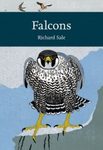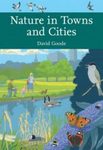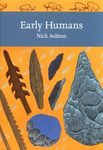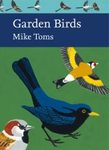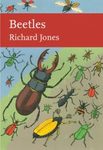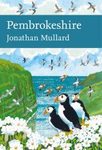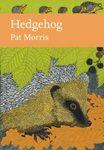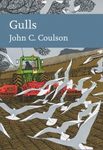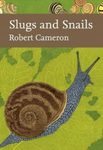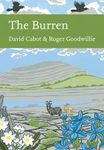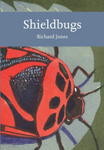![Farming and Birds Farming and Birds]()
Click to have a closer look
About this book
Contents
Customer reviews
Biography
Related titles
About this book
Given the underlying topography, the scenery over most of Britain has been created largely by human activities. Over the centuries, landscapes have been continually modified as human needs and desires have changed. Each major change in land use has brought changes to the native plants and animals, continually altering the distribution and abundance of species. This is apparent from the changes in vegetation and animal populations that were documented in historical times, but even more so in those that have occurred since the Second World War.
More than seventy per cent of Britain's land surface is currently used for crop or livestock production, and in recent decades farming has experienced a major revolution. Not only has it become more thoroughly mechanised, it has also become heavily dependent on synthetic fertilisers and pesticides, and increasingly large-scale in its operation. These changes have brought crop yields and livestock production to levels previously considered unattainable. However, such high yields have been achieved only at huge financial and environmental costs. One of the most conspicuous, and best documented, consequences of modern agriculture has been a massive loss of wildlife, including birds.
In this timely addition to the New Naturalist Series, Ian Newton discusses the changes that have occurred in British agriculture over the past seventy years, and the effects they have had on bird populations. He explains how different farming procedures have affected birds and other wildlife, and how an understanding of the processes involved could help in future conservation.
Please note that this book was originally announced with the title Farmland Birds.
Contents
Editor's preface vii
Author's Foreword and Acknowledgements ix
1. Introduction 1
2. Population Trends in Farmland Birds 27
3. Farming Through Time 47
4. Post-War Farming: the New Revolution 73
5. Soils, Invertebrates and Birds 99
6. Crops, Livestock and Birds 127
7. Weeds, Pests, Diseases and Birds 169
8. Pesticides and Birds 193
9. Arable Land: Management and Birds 225
10. Arable Land: Crop Growth, Harvest and Birds 245
11. Traditional Lowland Grasslands 277
12. Modem Grassland Management and Birds 297
13. Wet Grasassland,Waders and Waterfowl 323
14. Insect Declines 359
15. Marshes and Land Drainage 373
16. Open Waters 393
17. Woods, Heaths and Farmsteads 413
18. Hedges and Other Field Boundaries 439
19. Hill Farming 465
20. Agri-Environment Schemes 511
21. Agri-Environment Successes 541
22. Conclusions 563
References 574
Species Index 611
General Index 622
Customer Reviews
Biography
Ian Newton is an English ornithologists, now retired, who, amongst others, has been Senior Ornithologist at the United Kingdom's Natural Environment Research Council, Chairman of the Council of the RSPB and visiting professor of ornithology at the University of Oxford. Newton has also held the positions of President of the British Ornithologists' Union and the British Ecological Society (1994–1995). He has author several New Naturalists, including Finches (1985), Bird Migration (2010), Bird Populations (2013) and Farming and Birds (2017). He has also written two Poyser Monographs: Population Ecology of Raptors (1979) and The Sparrowhawk (1986) and several major academic titles with Academic Press, including Population Limitation in Birds (1998), Speciation and Biogeography of Birds (2003), and The Migration Ecology of Birds (2007).

















